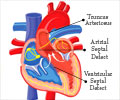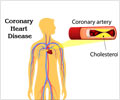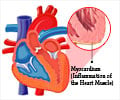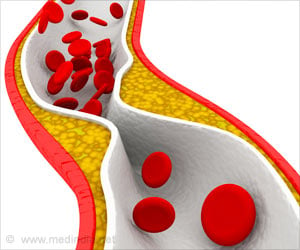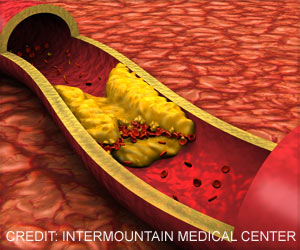Combined effort by friends, family, and non-physician health workers can make a dramatic difference in decreasing the risk factors for heart disease, the world's leading cause of death, in patients with hypertension, reports a new study.
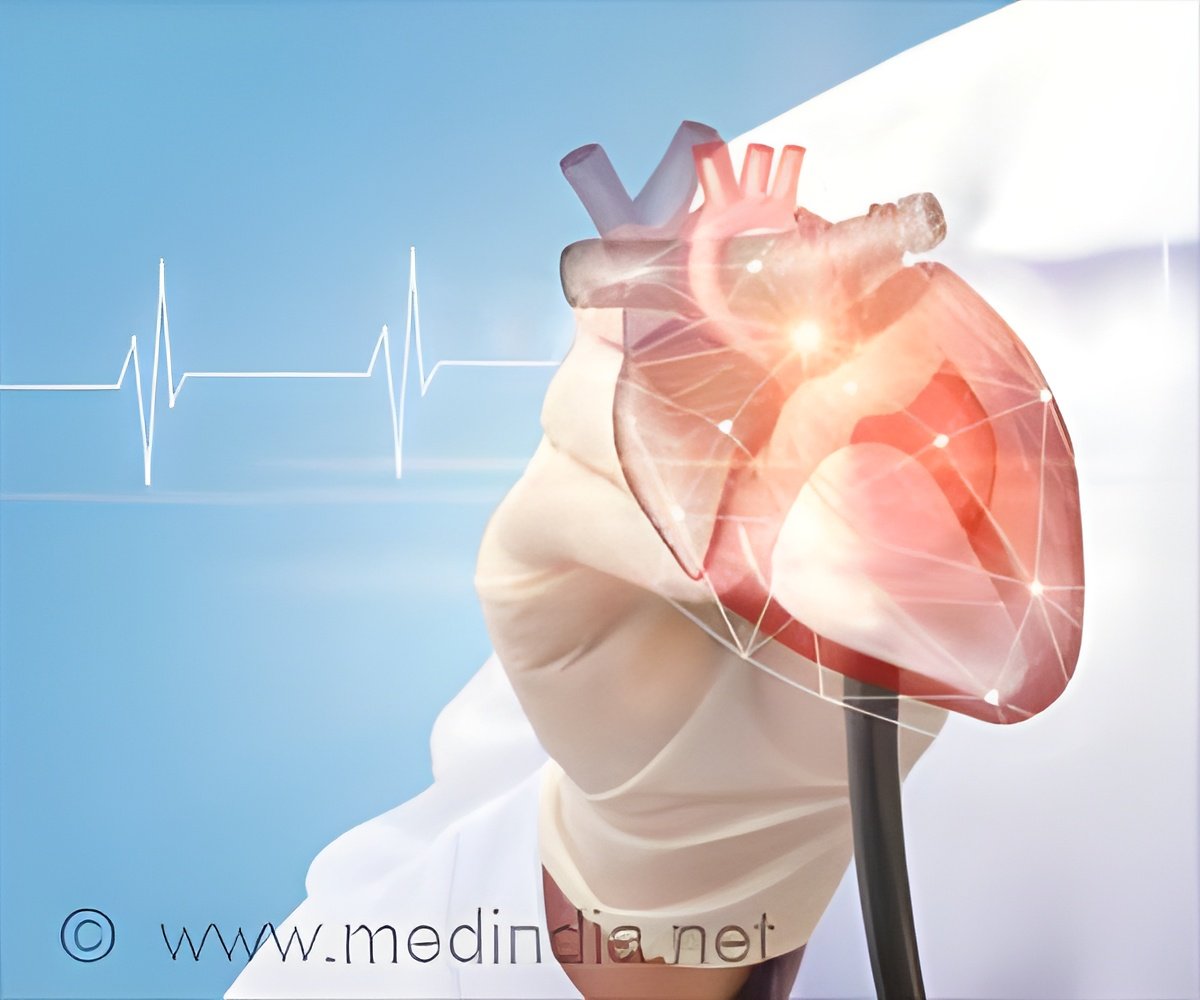
‘Care led by non-physician health workers, with support from family, and free medicines, more than doubled hypertension control and significantly decreased the risk of heart disease and stroke compared to usual care.
’
Read More..




This comprehensive approach reduced participants' blood pressure and risk of a future heart attack or stroke by more than double the amount compared to those who received treatment only from physicians.Read More..
Hypertension is the leading cause of cardiovascular disease globally, but its control in the community is not adequately managed worldwide - in both poor and rich countries.
"Governments around the world have agreed on an ambitious goal to reduce cardiovascular mortality by 30% by 2030. But we will only achieve this goal if we can find novel ways to remove all barriers to cardiovascular risk reduction, such as access to care, compliance with taking medications, and adoption of healthy behaviors," says Dr. Jon-David Schwalm, McMaster University, Canada, who led the research.
The new trial included 1,371 adults aged 50 or older from 30 urban and rural communities across Colombia and Malaysia. Participants had uncontrolled high blood pressure and a raised risk of cardiovascular disease. A pre-trial appraisal identified barriers to following through with medical treatment, including the time and expense of traveling to attend physician visits, lost wages, and costs of drugs.
For the intervention group, which included 14 communities, non-physician health workers led the screening, detection, treatment, and control of cardiovascular risk factors. Health workers were able to respond to participants' needs, for example, by visiting them at home, providing counseling to improve lifestyles and delivering medications. Prescription recommendations were checked by local physicians, who agreed with health workers' assessments 93% of the time.
Advertisement
After 12 months, participants treated using the combined strategy reduced their estimated risk of developing cardiovascular disease in the subsequent ten years by half. They also achieved a reduction in blood pressure of over 11 mm Hg and a reduction in LDL cholesterol of nearly 0.5 mmol/L. The proportion of individuals with their blood pressure under control - considered to be less than 140 mm Hg - increased by 69%. In comparison, the proportion of individuals in the control group with their blood pressure under control increased by only 30%. Previous studies have found that every 10 mm Hg reduction in blood pressure reduces the risk of a major cardiovascular event such as stroke, heart attack, or death by 25%.
Advertisement
"The unique design of our strategy demonstrates the value of a comprehensive approach which actively involves family and friends as treatment supporters and cares being coordinated by trained non-physician health workers guided by a computer program on tablets for diagnosis and counseling," says Professor Patricio Lopez-Jaramillo from the University of Santander in Colombia.
Fadhlina Majid from the Universiti Teknologi MARA in Malaysia adds: "We hope that our results help persuade governments to provide antihypertensive drugs and statins at low or no cost to people with high blood pressure and develop models of care that include trained non-physicians. Even in high-income countries, the detection, treatment, and control of hypertension and other cardiovascular disease risk factors need substantial improvements."
The authors note several limitations to their study, including the fact that the method of screening could be considered an intervention in itself.
Screening involved a combination of door-to-door household visits, use of community outreach centers, and local events in public spaces. It, therefore, led to the detection of hypertension and treatment in individuals who otherwise were unlikely to have identified. More people in the control communities may have received treatment than would normally have been the case, reducing the real differences in outcomes between them and the intervention group.
The results are, therefore, likely to be an underestimate of the full effects of the strategy. Blinding was not feasible in the study, but the authors note they took several steps to avoid biases.
Writing in a linked Comment, Professor Tazeen Jafar from Duke-NUS Medical School, Singapore, says: "A 30% reduction in premature cardiovascular mortality by the year 2030, relative to 2015, is targeted by Sustainable Development Goal 3.4. HOPE 4 and similar highly important studies should prompt the scientific and legislative communities to rethink scale-up of large, evidence-based approaches to dramatically reduce the burden of uncontrolled hypertension and lower cardiovascular risk. Such bold strategies cannot be ignored."
Source-Eurekalert

